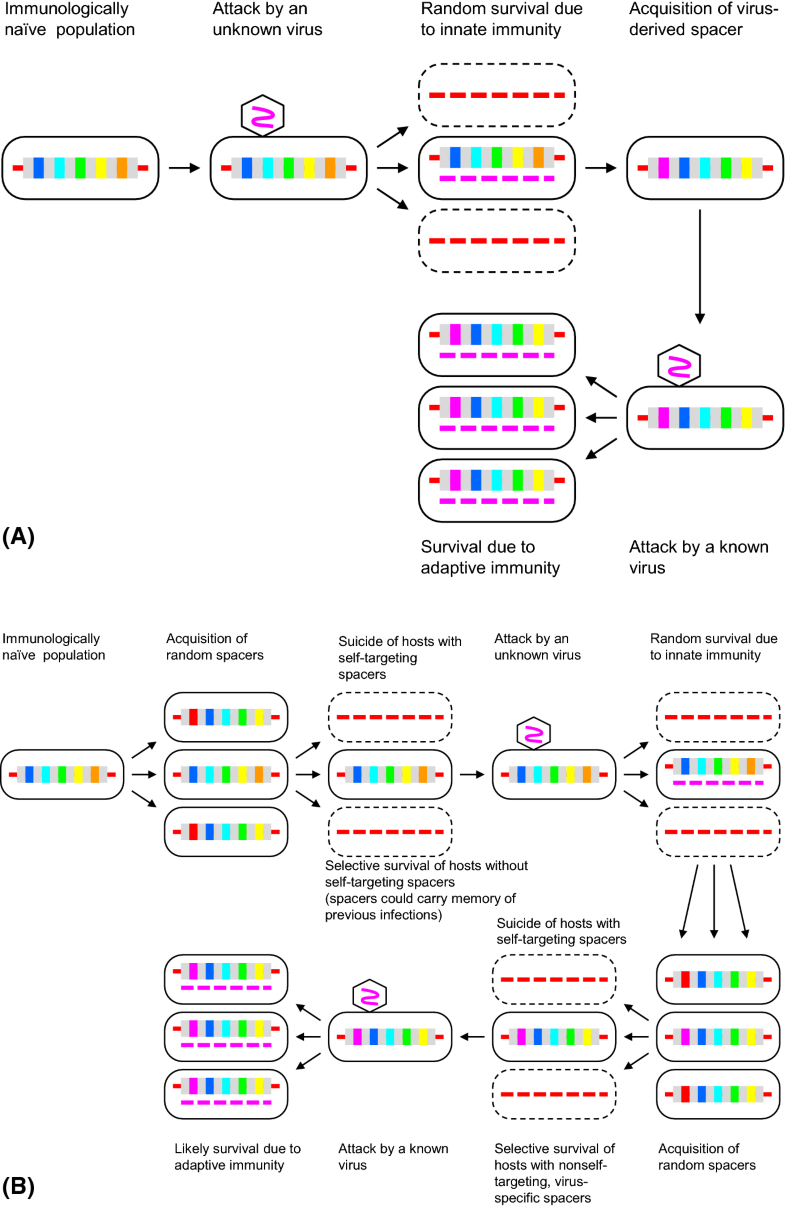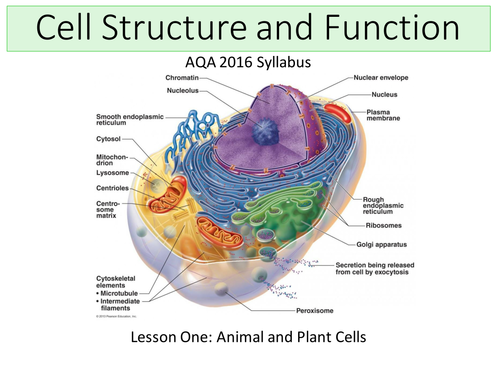Getting it right
Truth is neither absolute nor timeless. But the pursuit of truth remains at the heart of the scientific endeavour
‘...the strength of the thread does not reside in the fact that some one fibre runs through its whole length, but in the overlapping of many fibres’ – Ludwig Wittgenstein.
Think of the number of scenarios in which truth matters in science. We care to know whether increased CO2 emission levels cause climate change, and how fast. We care to know whether smoking tobacco increases the risk of lung cancer. We care to know whether poor diet exposes children to the risk of developing obesity, or whether forecasts of economic growth are correct. Truth in science is not esoteric dilly-dallying. It shapes climate science, medicine, public health, the economy and many other worldly endeavours.
That truth matters to science is hardly news. For a long time, people have looked to science for truths about the world. The Scientific Revolution was nothing if not the triumph of Galileo’s scientific truth – hard-won through his telescopic observations – over centuries of dogma about the geocentric system. With its system of epicycles and deferents, Ptolemaic astronomy was at once sophisticated and false. It served to, at best, ‘save the appearances’ about how planets seemed to move in the sky. It did not tell the truth about planetary motion until the discovery of the Copernican explanation. Or consider the Chemical Revolution at the end of the 18th century. We no longer, after all, believe in phlogiston – the fictional imponderable fluid that Georg Ernst Stahl, Joseph Priestley and other natural philosophers at the time believed to be at work in combustion and calcination phenomena. Antoine Lavoisier’s scientific truth about oxygen prevailed over false beliefs about phlogiston.
The main actors of these scientific revolutions often fostered this way of thinking about science as an enquiry leading to the inevitable triumph of truth over past errors. Two centuries after Galileo’s successful defence of the heliocentric system, this idea of the course of scientific truth continued to inspire philosophers. In his Cours de philosophie positive (1830-42), Auguste Comte saw the evolution of human knowledge in three main stages: ‘the Theological, or fictitious; the Metaphysical, or abstract; and the Scientific, or positive’. In the ‘positive’, the third and last stage, ‘an explanation of facts is simply the establishment of a connection between single phenomena and some general facts, the number of which continually diminishes with the progress of science’.
Comte’s positivism was soon decontextualised from its political and social context (after all, Comte started his career working for the social theorist Henri de Saint-Simon, and positivism was inspired by the Industrial Revolution). By the end of the 19th century (and in its early 20th-century reappearance, which I do not have the space to discuss here), the word ‘positivism’ had become – to the ears of many – synonymous with an unfailing optimism in the power of science and technology, and their steady progress toward truth.
In some scientific quarters, this Comtean notion of how science evolves and progresses remains common currency. But philosophers of science, over the past half-century, have turned against the representation of science as a ceaseless forward march toward truth. It is just not how science works, how it moves through history. It flies in the face of the wonderful and subtle historical nuances of how scientific revolutions have in fact occurred. It does not accommodate how some of the greatest scientific minds held dearly to some false beliefs. It wilfully ignores the many voices, disagreements and controversies through which scientific knowledge has often advanced and progressed over time. Simple faith in the ‘Whiggish’ narrative of science naively presumes that progress is marked by some cumulative acquisition of ‘more true beliefs’.
However, many (and legitimate in their own right) criticisms against this naive view of science have committed a similar mistake. They have offered a portrait of science purged of any commitment to truth. They see truth as an inconvenient and disposable feature of science. Fraught as the ideal and pursuit of truth is with tendencies to petty doctrinairism, it is nonetheless a mistake to try to purge it. The fallacy of positivist philosophy was to think of science as coming in stages of some sort, or following a particular path, or historical cycles. The anti-truth trend in the philosophy of science has often ended up repeating this same misstep. It is important to move beyond the sterile dichotomy between the old (quasi-positivist) view of truth in science and the rival anti-truth trend of recent decades.
...
READ MORE HERE: Aeon



















